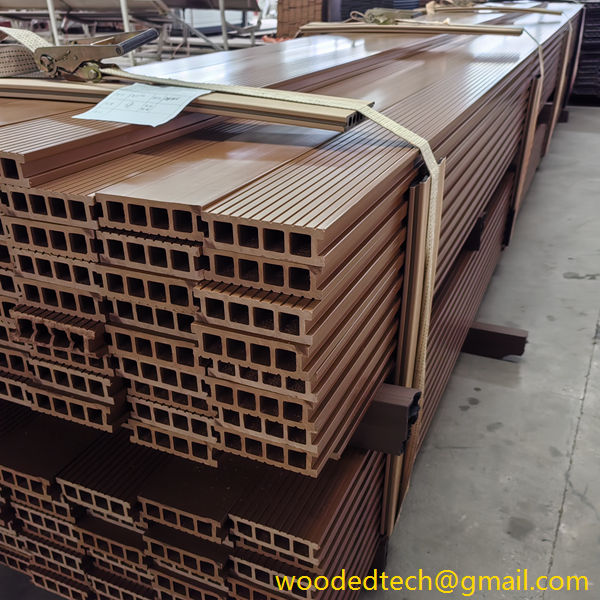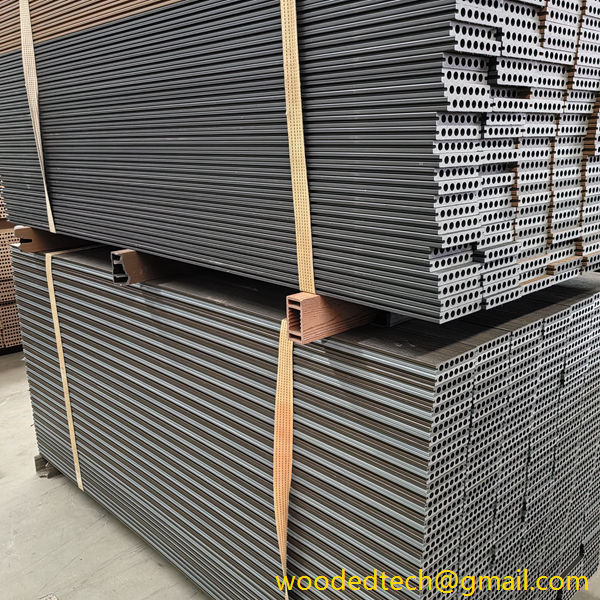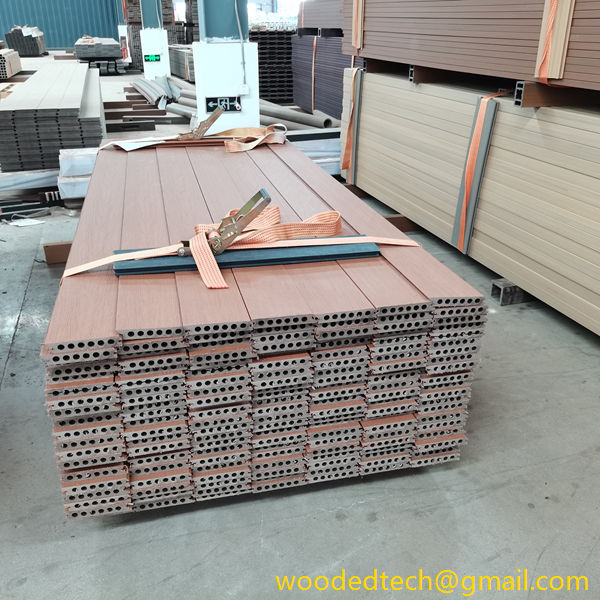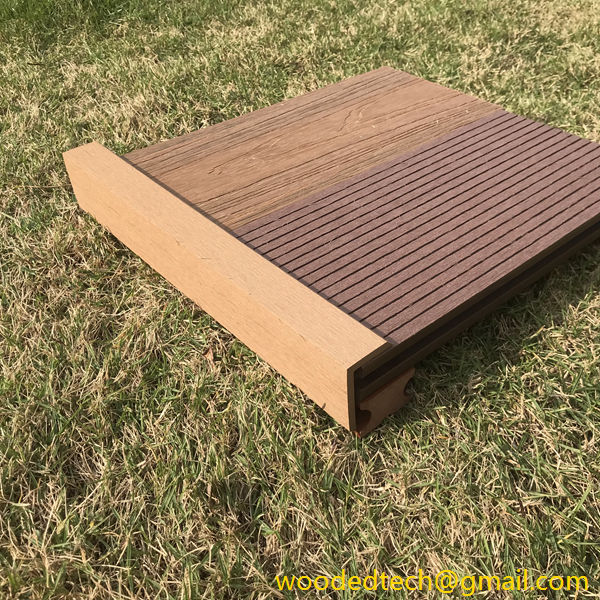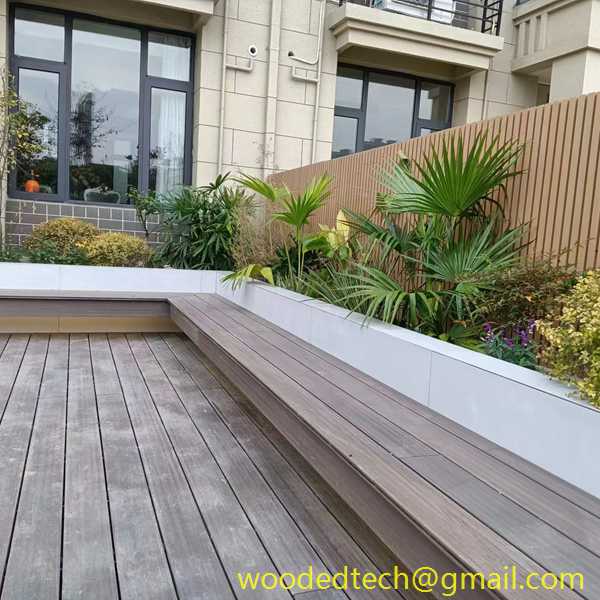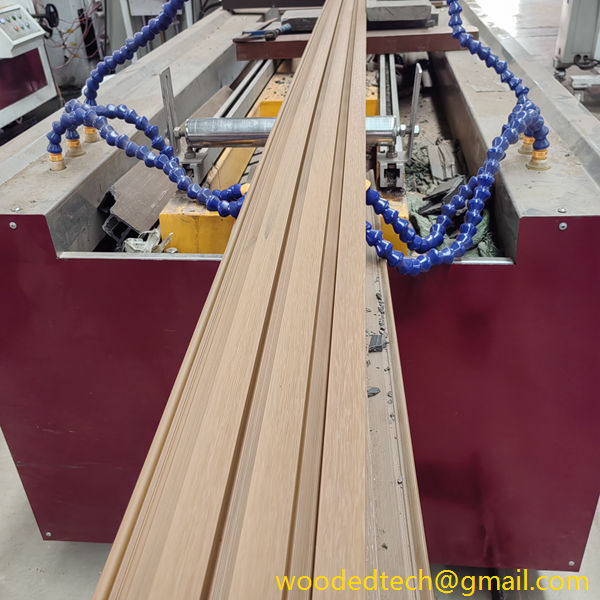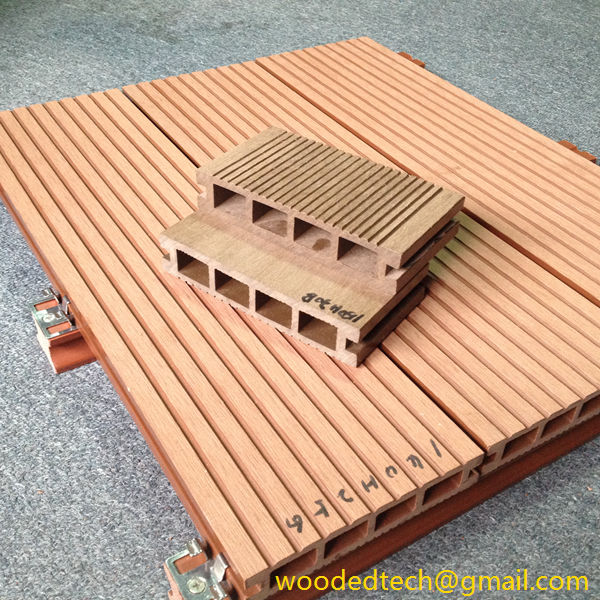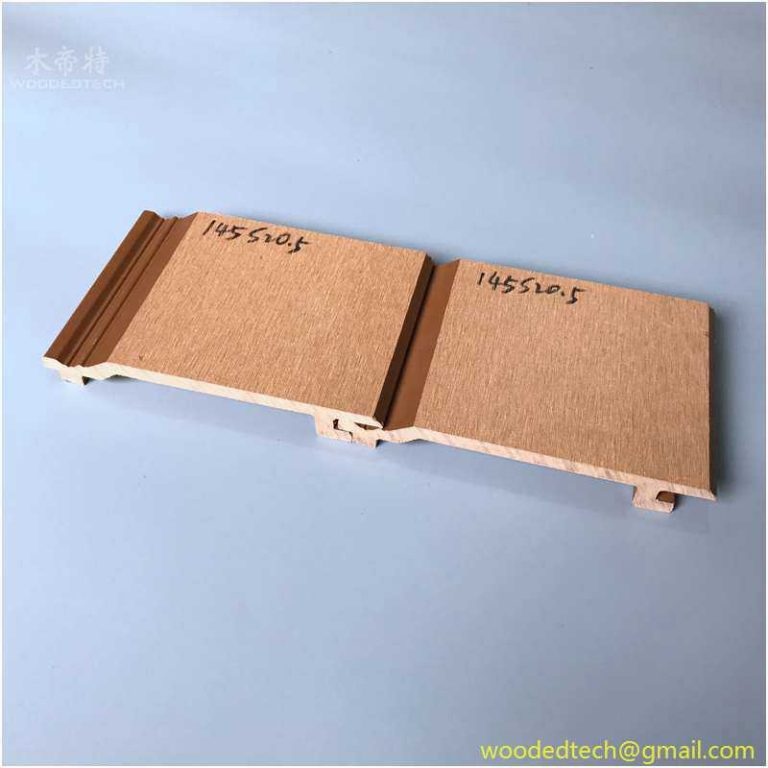Was man über das Gewicht von WPC-Terrassendielen und seine Auswirkungen auf Verlegung und Leistung wissen sollte
When considering the installation of decking materials, one crucial aspect to take into account is the weight of wood-plastic composite (WPC) decking. WPC decking is a popular choice for homeowners and builders alike due to its combination of wood fibers and plastic, which provides durability and resistance to environmental factors. Understanding the weight of WPC decking and its implications for installation and performance is essential for making informed decisions about your decking project.
WPC decking typically weighs more than traditional wood decking but is lighter than many solid plastic alternatives. The weight of WPC boards can vary depending on the specific formulation of the composite material, including the ratio of wood to plastic and any additives that may be included to enhance performance. On average, WPC decking boards weigh around two to three pounds per linear foot, which can be significantly lighter compared to heavier hardwoods. This weight difference can impact not only transportation and handling but also the installation process and overall performance of the decking.
One of the primary considerations when it comes to the weight of WPC decking is its influence on installation. For instance, because WPC boards are generally lighter than traditional hardwoods, they can be easier to handle during installation. This can lead to a more efficient installation process, particularly for larger projects where multiple boards need to be moved and positioned. Additionally, the lighter weight can reduce the strain on the deck framing and supporting structures, which may be particularly beneficial for older homes or decks that may not have been designed to support heavier materials.
However, it is essential to recognize that while WPC decking is lighter than some materials, it still requires proper structural support. The framing beneath the decking must be adequately designed and constructed to support the weight of the boards, as well as any additional load that may be placed on the deck. This is particularly important in the case of large gatherings or heavy outdoor furniture. Failure to provide adequate support may lead to sagging or structural failure over time, which can compromise the safety and longevity of the deck.
Beyond the installation process, the weight of WPC decking also has implications for its performance. The density of the material plays a significant role in its durability and resistance to wear and tear over time. Denser WPC materials tend to be more resistant to impacts, moisture, and pests, making them a more reliable choice for outdoor use. However, it is vital to ensure that the weight does not compromise the material’s flexibility or ease of maintenance. WPC decking should still allow for some degree of expansion and contraction due to temperature fluctuations without warping or cracking.
Another aspect related to the weight of WPC decking is its impact on thermal performance. Heavier materials often retain heat more effectively than lighter ones. This means that WPC decking may be prone to heating up under direct sunlight, which can affect comfort levels when walking barefoot on the deck. Homeowners should consider the color of the decking material as well, as darker colors may absorb more heat than lighter shades. Proper ventilation and shading can help mitigate these heat retention issues, making the space more comfortable for outdoor use.
In terms of long-term performance, the weight of WPC decking can also influence its resistance to fading and color retention. Heavier composites may have a higher concentration of UV stabilizers and colorants, which can enhance their ability to resist fading from sun exposure. This is an important consideration for homeowners looking for a decking solution that will maintain its aesthetic appeal over time without requiring frequent maintenance or replacement.
In conclusion, understanding the weight of WPC decking is an integral part of the decision-making process for both homeowners and builders. Its lightness can facilitate easier handling and installation while still requiring adequate structural support to ensure safety and longevity. The weight also plays a vital role in the performance characteristics of the decking, influencing its durability, thermal behavior, and resistance to fading. When selecting WPC decking, it is crucial to consider these factors to ensure that the chosen material meets the specific needs of the project and provides a reliable and aesthetically pleasing outdoor space for years to come. By taking into account the weight and its implications, you can make an informed choice that enhances both the functionality and enjoyment of your outdoor living area.

